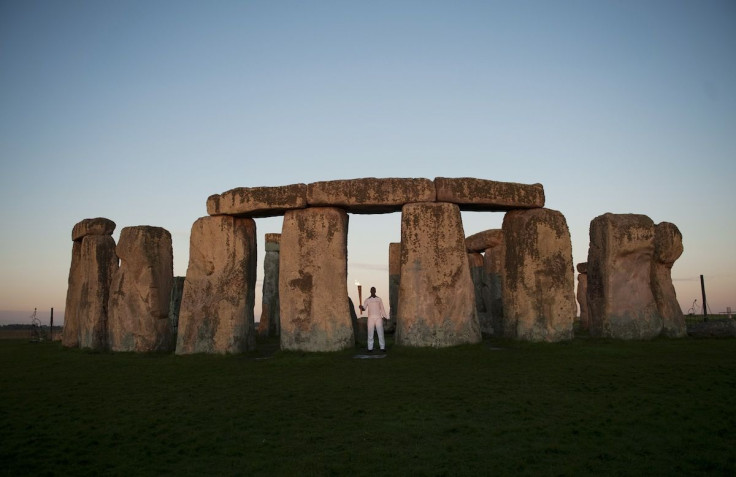Visible Comet NEOWISE Appears Over Stonehenge In Stunning Photo
KEY POINTS
- Comet NEOWISE was photographed flying over Stonehenge
- NEOWISE will reach its closest distance to Earth next week
- NASA explained how to view the comet in the sky
A photographer from the U.K. was able to capture a stunning photo of comet NEOWISE as it flew over the prehistoric monument Stonehenge. Currently, the comet is bright enough to be spotted from Earth without using special equipment.
Comet NEOWISE, also known as C/2020 F3, was first discovered by NASA on March 27 using its Near-Earth Object Wide-field Infrared Survey Explorer telescope.
The comet flew past the Sun earlier this month. Since the comet is already out of the Sun’s glare, it can be spotted in the sky during certain times of the day.
Recently, photographer Jeff Overs was able to spot NEOWISE as it flew over the Stonehenge monument in Wiltshire, England. In the clear photo that Overs took, the comet can be seen flying directly over the monument.
“It was perfect conditions, clear and crisp and the comet was right above the stones,” Overs told the BBC. “You can see it with the naked eye, but it took me by surprise It did look spectacular. I won't see another comet like that in my lifetime.”
Comet NEOWISE is currently moving towards Earth, which means it will become even more visible in the next couple of days. The comet is expected to reach its closest distance to the planet on Thursday next week. During this time, NEOWISE will be about 64 million miles from Earth.
According to NASA, the comet will appear higher on the horizon within the next couple of days as it flies closer to the planet. Those in the northern hemisphere will be able to see NEOWISE by looking towards the northwest portion of the sky after sunset. The comet will appear right below the Big Dipper.
“Through about the middle of the month, the comet is visible around 10 degrees above the northeastern horizon (the width of your outstretched fist) in the hour before dawn,” NASA explained in a statement. “From mid-July on, it's best viewed as an evening object, rising increasingly higher above the northwestern horizon.”
After flying through Earth’s neighborhood, comet NEOWISE will move towards interstellar space. It won’t be visible again in another 6,800 years.

© Copyright IBTimes 2024. All rights reserved.





















